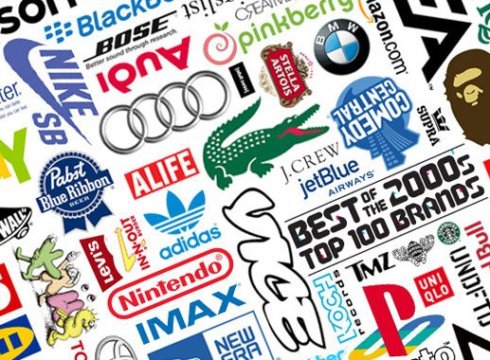Inc42 Daily Brief
Stay Ahead With Daily News & Analysis on India’s Tech & Startup Economy
Many startups have a “make it happen now” sense of urgency that is important to their survival and success. But that urgency can actually hurt the brand-building process.
Your brand is what prospective customers expect of your product, and what often prompts a purchase over competitors. For both B2B and consumer plays, strong brands keep products out of commodity hell.
If you’re leading a startup, you’ve already made the leap of faith that your product will disrupt the status quo. To hell with the naysayers and other speed bumps in your way. You’re charging forward knowing the faster you can translate the vision into product and revenue, the sooner you start changing the world (and keep the boys on Sand Hill Road happy).
Unfortunately, these same fast-twitch muscles can cause missteps in building your brand. At the core of every great brand is a company’s ability to deliver on the prospect’s expectations — or better yet, exceed those expectations. Yet, startups often bake a “desired position” into the brand that strays too far from reality.
There’s nothing wrong with a grand vision and a belief that you are going to change the world. But the promises your brand makes have to come at least horse-shoe close to reality. Otherwise, you can end up souring customers and influencers, which stunts growth (or worse).
Let’s rewind the tape and look at how Amazon’s brand evolved. It’s easy enough to do this by reverse-engineering the boilerplates in the company’s news releases. No doubt, CEO Jeff Bezos himself — if there was a storytelling hall of fame for executives, he’d be a first-ballot inductee –- blesses this copy, a good indicator of how the company wants the outside world to perceive its brand at a given time.
Founded in 1994, Amazon sent its first news release out the door in 1995. You can see in the graphic below how the brand slowly but surely evolves with each advancement, building upon the historical equity.
Evolution of the Amazon brand:
Obviously, there’s a massive gulf between the 1994 brand position of “we love books” and today’s brand position: We sell everything known to humankind online, including IT services, and even make gadgets like e-readers and tablets.
But consider how Amazon executed on its brand journey — incremental steps.
The company showed discipline in ensuring that the brand position at any given point in time never got too far ahead of reality. When the gulf between a brand position and reality grows too wide, the horrid “h” word – hype – happens.
I get a kick out of Amazon’s first boilerplate:
Amazon.com operates from headquarters in Seattle. The company maintains a staff of programmers, editors, executives, and all-around book lovers.
Not exactly the most compelling brand proposition: Buy from us because we hire people who enjoy reading books.
A mere two years later the company could credibly call itself “earth’s biggest bookstore” leading into its IPO. Even when flush with capital, Amazon stayed true to aligning its brand with the reality of what it delivered to customers.
For new ventures, there’s something to be said about recognizing the journey in building a brand.
All it takes is a little patience.
Note: We at Inc42 take our ethics very seriously. More information about it can be found here.


